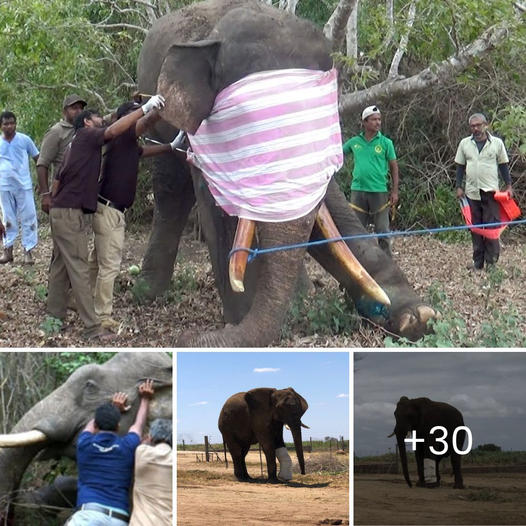It’s been a while since we’ve come across footage of orcas playing “football” with their food, but it was only a matter of time before a new video popped up. A trio of 𝓀𝒾𝓁𝓁er whales in California’s Monterey Bay recently made quite the spectacle when they were filmed showing off their signature prey-punting behaviour! (Scroll down for the full video.)

Image: Chase Dekker/Sanctuary Cruises Whale Watching
Chase Dekker of Sanctuary Cruises Whale Watching (SCWW) initially spotted the pod near Moss Landing – a wharf located 15 miles north of Monterey. The whales had been feeding underwater, and eventually, the crew lost sight of them. Some two hours later, the animals showed up a second time – and their attention had turned to top-side fare.

“When we found them again, they were harassing a rhinoceros auklet [a seabird closely related to puffins],” Dekker wrote on the SCWW Facebook page. What they were likely doing is teaching the younger whales in the pod how to hunt by using an easy target such as a small bird. Even with other birds in the area, these orcas continued to pursue this auklet for over 20 minutes.”
The hit-to-stun hunting tactic has been observed elsewhere in the world, too. Mammal-hunting orcas in Norway, Canada, and Alaska (to name a few) have been known to punt seals and small porpoises up to 80 feet (24m) into the air. In fact, those whacks are so potent in some cases that prey animals are eviscerated on the way down.

“Their entrails pop out, which [the orcas] leave behind after eating the muscle and blubber,” cetacean researcher Dr Chris Parsons told us in a 2015 interview. That behaviour has been seen, more specifically, during predations on Dall’s porpoises, but Parsons notes that many 𝓀𝒾𝓁𝓁er whales won’t consume the animals they toss around. According to Dekker, this was the case with the most recent sighting.
“You will all be relieved to know that the bird did survive!” he said. Given the vigour of some of those blows, however, it’s possible that the auklet later succumbed to its injuries. The fact that the orcas left the injured bird behind adds support to the theory that these predators were schooling their young in the art of prey flinging.
If you want to learn about other specialised hunting techniques in the orca arsenal, we’ve got you covered: from shark-trapping whirlpools, to tandem stingray targeting, to “sea wolf” style pack hunting.





